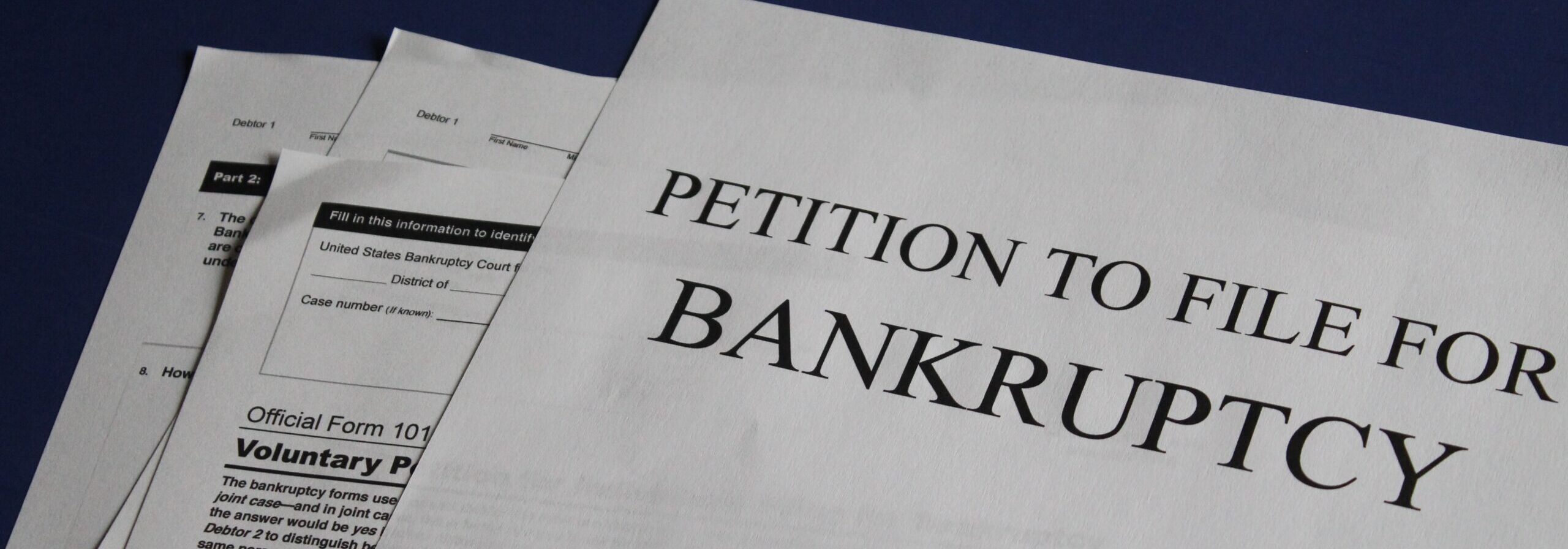There are two primary outcomes of Chapter 12 bankruptcy filings, discharge and dismissal. The most common objective is the discharge of eligible debts. After completing all the payments required under the Chapter 12 plan, the debtor will certify that all obligations have been paid. At that time, the debtor can receive a discharge of eligible debt. The discharge can release the debtor from all debts, with some exceptions. Several debts will not be discharged, including child support and alimony payments. Other debts that would not be allowed to be discharged are those that have been secured or restructured. With restructured debts, the plan may allow for payments past discharge based on the type of asset and quality of the asset. For example, claims secured by livestock may be allowed to be restructured over 5 to 10 years.
At the same time, a debtor may qualify for a hardship discharge. A hardship discharge is allowed when the debtor fails to meet the plan payments through circumstances beyond the debtor’s control. For example, if the debtor became seriously ill and unable to work during the plan, this potentially could lead to a hardship discharge.
An alternative to discharge of debt may occur when the court grants a dismissal order.
Dismissals occur for a variety of reasons, including the failure to pay the filing fee, failure to file all required documents, or failure to make plan payments. Additionally, debtors sometimes will request a dismissal when financial situations change, or negotiations result in the ability to pay back debt without further protection from the courts.
Figure 1 shows the breakdown of the most common outcomes in the southern U.S. bankruptcy cases that we have looked at in this four-part Southern Ag Today series. From October 1st, 2012 to September 30th, 2022, there was an equal percentage of discharged filings and dismissals. Only 1% of the discharged cases were in the hardship category, with the other 99% resulting in some form of debt relief.
Approximately 19% of the dismissed cases were for failure to make a plan payment. This may occur when the bankruptcy repayment plan does not provide sufficient relief, or additional financial issues develop. The remaining 81% of dismissed cases fall into the multiple dismissed categories previously discussed, although the data provided do not allow for identification between those groups. However, it should be noted that some of those dismissed cases are voluntary, which can be viewed as an optimal decision by the debtor to exit the court process.
What is apparent from these data is that filing bankruptcy does not provide automatic relief from dischargeable debt. There is still a need to negotiate with the court and the creditors throughout the process. The court protection can hold off other legal action and foreclosures, but this can also be achieved by early communication with creditors when financial problems become apparent. If necessary, U.S. bankruptcy law does provide farmers with a unique court protection option.

This work is supported by the Agriculture and Food Research Initiative (AFRI) program, grant no. 2022-67023-36112/project accession no. 1028056, from the U.S. Department of Agriculture, National Institute of Food and Agriculture.
Any opinions, findings, conclusions, or recommendations expressed in this publication are those of the author(s) and should not be construed to represent any official USDA or U.S. Government determination or policy.
Rabinowitz, Adam, Paul Goeringer, and William Secor. “Outcomes of Chapter 12 Bankruptcy Filings.” Southern Ag Today 3(8.3). February 22, 2023. Permalink

Leave a Reply